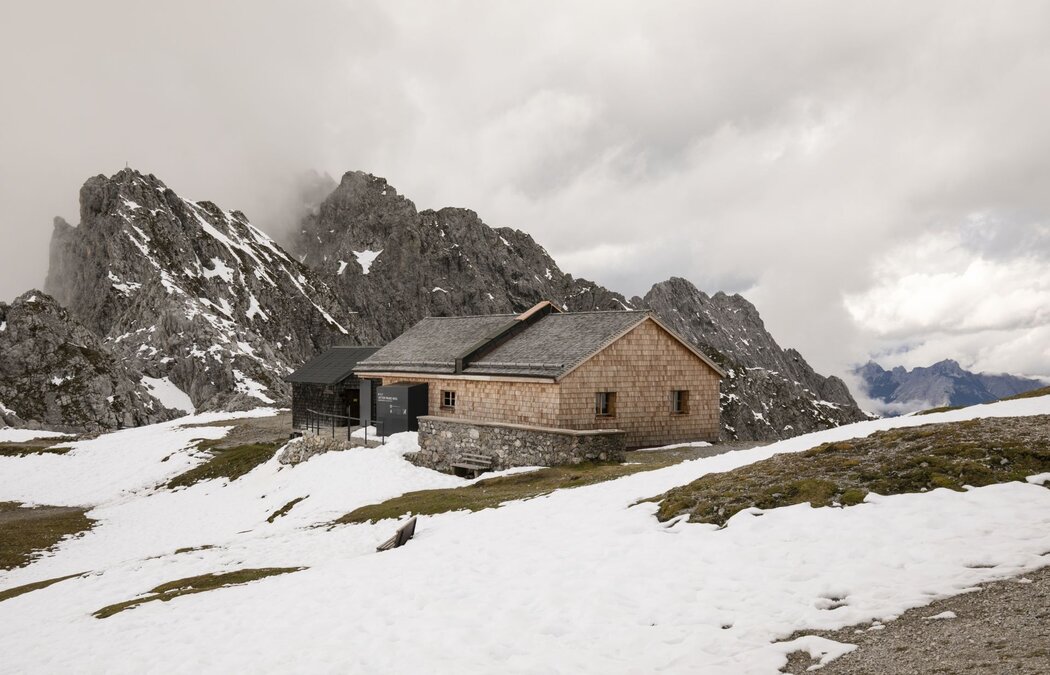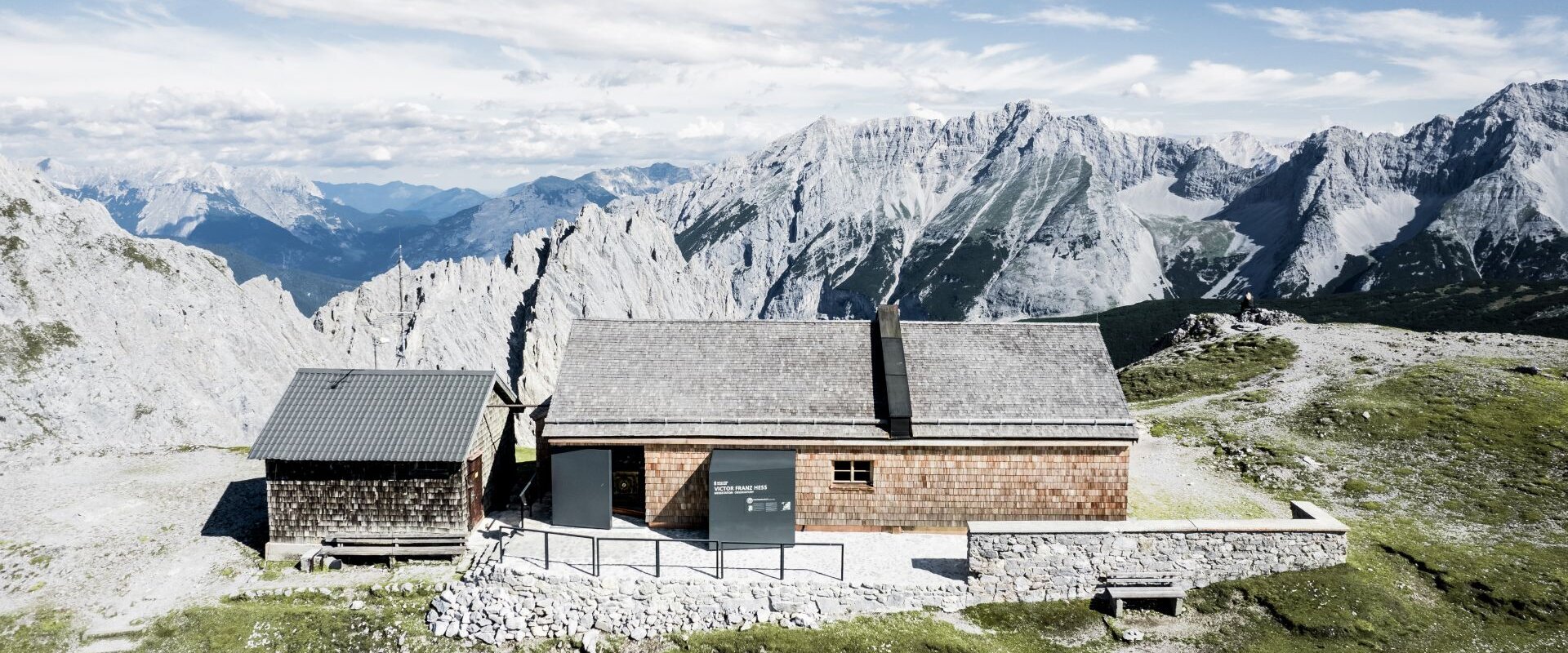Scientific history was written in this hut: In 1931, university professor Victor Franz Hess (1883-1964) founded the world's first high mountain laboratory for research into cosmic rays here. Innsbruck offered the ideal conditions for this thanks to the university and the Nordkettenbahn.
Victor Franz Hess measuring station
After a lengthy design and conversion phase, the Victor Franz Hess measuring station on the Hafelekar was officially opened to the public on 29.9.2022. At the beginning of the 1930s, this former Nordkettenbahn construction hut was one of the most important arguments for the future Nobel Prize winner in physics Victor Franz Hess to move from Graz to the University of Innsbruck and take up a professorship here. Here, high above Innsbruck, he saw the best opportunity to research cosmic radiation, which he had discovered in 1912, in more detail.

Victor Franz Hess
Scientific history was written in a former construction shack of the Nordkettenbahnen: In 1931, university professor Victor Franz Hess (1883-1964) founded the world's first high mountain laboratory for research into cosmic rays here on the Hafelekar. Innsbruck offered the ideal conditions for this thanks to the university and the Nordkettenbahn.
Hess had already discovered cosmic rays during daring balloon flights in 1912 and had long been searching for a place at high altitude that was suitable for the continuous measurement of high-energy rays. He found what he was looking for in the Nordkettenbahn construction hut on the Hafelekar.
(Source: University of Innsbruck)




